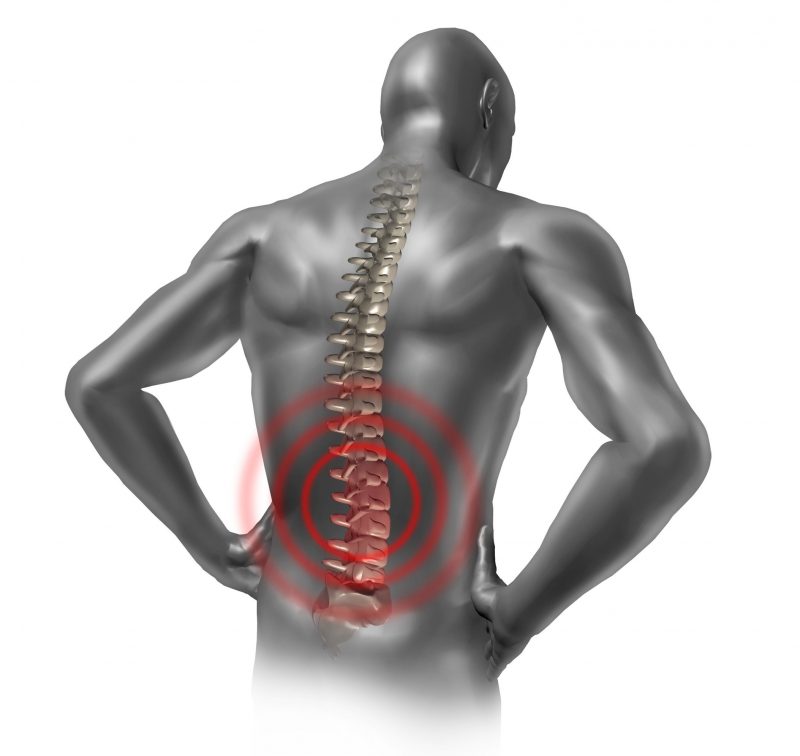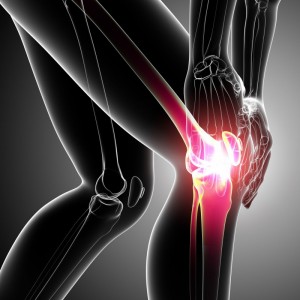Humans are vertebrates, an anatomical term that refers to the fact that our bodies are home to spines, which are also known as spinal columns. Altogether, the adult human spinal column consists of 33 bones, which are also known as vertebrae, short cylinders of bone that are held together with connective tissue. These cylinders serve as a means of protecting the spinal cord, the proverbial Mecca of the human body’s nervous system, which serves as the intermediary of electrical signals sent to the command center of the body, that is, the brain, from the tips of nerves, through the spinal column, ultimately ending up at the brain. Spines also support the weight of the body. Without spines, humans would effectively exist in the form of jelly bags.
What Causes Spinal Pain?
First, you should know that people who suffer from spinal pain rarely refer to it as such. Rather, they refer to their pain as back pain, which happens to be one of the most common varieties of pain throughout all sufferers of chronic pain in the United States. There are a number of causes of back pain, though bad disks are a frequent explanation. These disks separate vertebrae from one another. When disks’ internal contents explode, rupture, or bulge out, they often firmly press against nerves in the spine, causing big-time spine pain in Jacksonville residents who suffer from this condition.
Standing and Sitting Up Straight
Back pain often reaches severe levels in people suffering from chronic pain. Although straightening one’s posture while sitting or standing may hurt, not to mention seem too simple to have a positive outcome, doing so on a regular basis is a solid means of reducing spine pain in Jacksonville and St Augustine area patients.
Antidepressants Help, Too
The mechanism of action of antidepressants when it comes to the reduction of back pain is not known. However, antidepressants have been shown to favorably interfere with the flow of pain signals to the brain, preventing the brain from receiving all of them in their fullest intensity.

